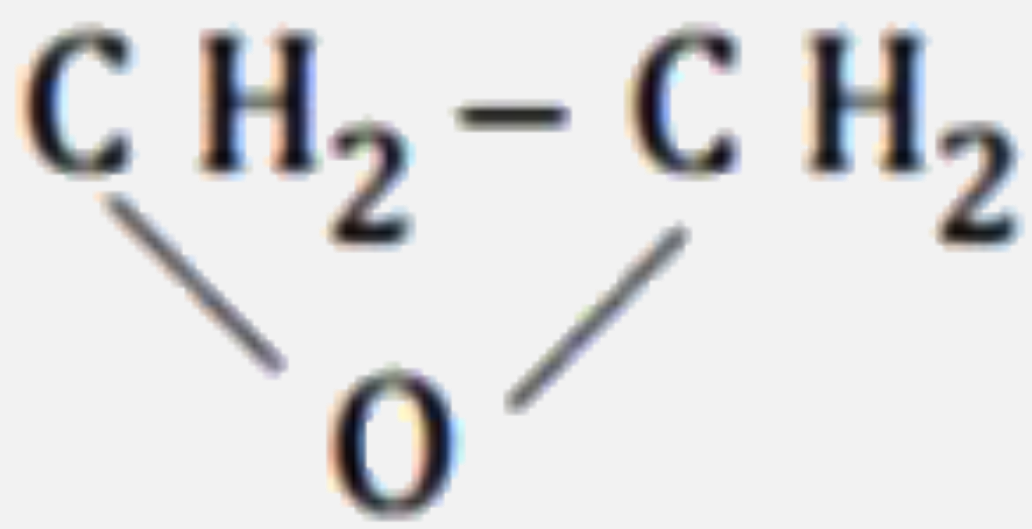The oxygenation activity of RuBisco enzyme in photorespiration leads to the formation of:
2 molecules of 3-C compound
1 molecule of 3-C compound
1 molecules of 6-C compound
1 molecule of 4-C compound and 1 molecule of 2-C compound
To solve the question regarding the oxygenation activity of the RuBisCO enzyme in photorespiration, we can follow these steps:
1. Understanding RuBisCO: RuBisCO (Ribulose-1,5-bisphosphate carboxylase/oxygenase) is an enzyme involved in the first major step of carbon fixation in photosynthesis. It can catalyze two reactions: carboxylation and oxygenation.
Hint: Remember that RuBisCO can fix carbon dioxide (CO2) or oxygen (O2).
2. Photorespiration Process: In conditions where oxygen concentration is high and carbon dioxide concentration is low, RuBisCO can bind to oxygen instead of carbon dioxide. This process is known as photorespiration.
Hint: Photorespiration occurs when the plant is under stress, such as high temperatures or low CO2 levels.
3. Products of Oxygenation: The oxygenation reaction leads to the formation of two different molecules:
- One molecule of a 3-carbon compound (3C), which is 3-phosphoglycerate (3-PGA).
- One molecule of a 2-carbon compound (2C), which is phosphoglycolate.
Hint: Focus on the types of compounds produced during the reaction; 3C refers to a 3-carbon compound and 2C refers to a 2-carbon compound.
4. Identifying the Correct Option: Based on the products formed during the oxygenation activity of RuBisCO in photorespiration, the correct answer is:
- Option D: 1 molecule of 3C compound and 1 molecule of 2C compound.
Hint: Review the options carefully and match them with the products formed in the process.
Final Answer:
The correct answer is Option D: 1 molecule of 3C compound and 1 molecule of 2C compound.
- One molecule of a 3-carbon compound (3C), which is 3-phosphoglycerate (3-PGA).
- One molecule of a 2-carbon compound (2C), which is phosphoglycolate.
- Option D: 1 molecule of 3C compound and 1 molecule of 2C compound.
The correct answer is Option D: 1 molecule of 3C compound and 1 molecule of 2C compound.
Similar Questions
Knowledge Check
The reaction of
 with RMgX, leads to the formation of : ARCHOHRBRCHOHCH3CR2CHCH2OHDRCH2CH2OH
with RMgX, leads to the formation of : ARCHOHRBRCHOHCH3CR2CHCH2OHDRCH2CH2OH
Straming of protoplasm in Amoeba leads to the formation of
View SolutionReaction of with RMgX leads to formation of

View SolutionSuccession in a water body leads to formation of
View SolutionReaction of
 with RMgX lead to formation of
with RMgX lead to formation of
View SolutionDirect elongation of the radicle leads to the formation of_____root.
View SolutionWhich of the following reaction leads to the formation of secondary alcohol?
View SolutionDuring photorespiration RuBisCO acts as
View Solution
